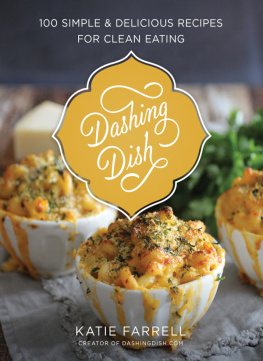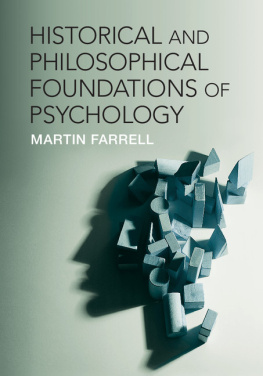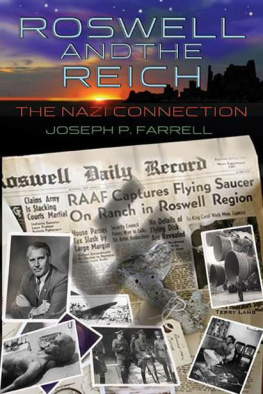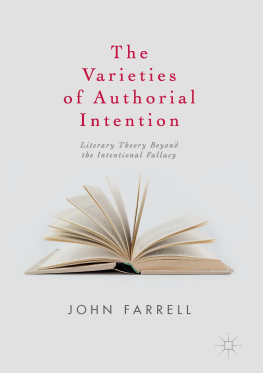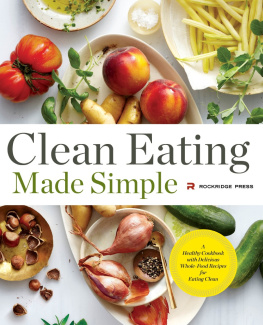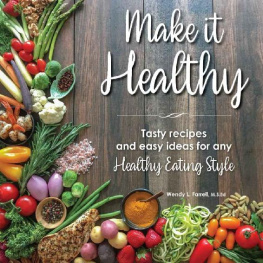
2014 by Katie Elise Farrell
All rights reserved. No portion of this book may be reproduced, stored in a retrieval system, or transmitted in any form or by any meanselectronic, mechanical, photocopy, recording, scanning, or otherexcept for brief quotations in critical reviews or articles, without the prior written permission of the publisher.
Published in Nashville, Tennessee, by Nelson Books, an imprint of Thomas Nelson. Nelson Books and Thomas Nelson are registered trademarks of HarperCollins Christian Publishing, Inc.
Thomas Nelson titles may be purchased in bulk for educational, business, fund-raising, or sales promotional use. For information, please e-mail SpecialMarkets@ThomasNelson.com.
ISBN-13: 978-0-7180-2162-7 (eBook)
Library of Congress Control Number: 2014945328
ISBN-13: 978-0-7180-2161-0
14 15 16 17 18 QGF 6 5 4 3 2 1
CONTENTS
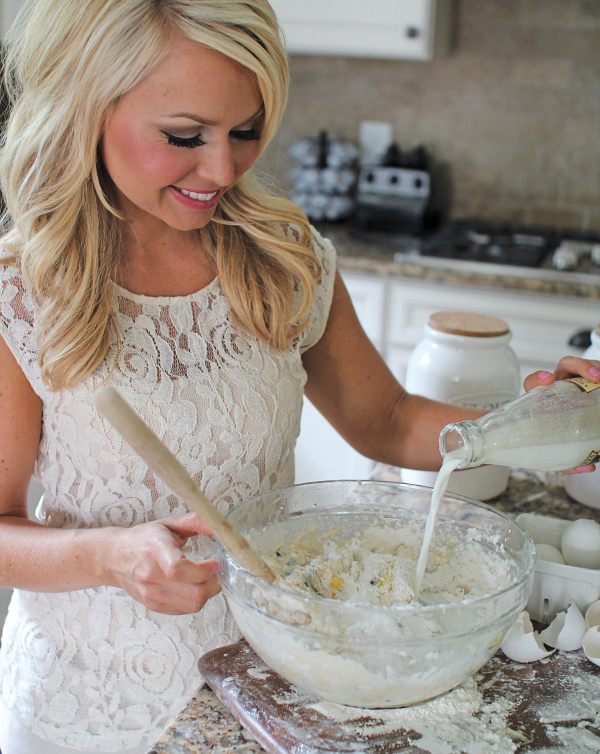
T he Dashing Dish Cookbook is filled with one hundred healthy recipes that let you eat some of your most craved comfort foods in a healthy way. Every delicious recipe is simple to make, with a focus on clean eating. the philosophy behind this cookbook is that healthy eating should be flavorful and easy. I hope this cookbook brings a fresh perspective on living a healthy lifestyle, as well as a sense of joy as you whip up each recipe!
IN THE DASHING DISH COOKBOOK YOU WILL FIND:
100 healthy and wholesome recipes. Staying true to the Dashing Dish website, every recipe in this cookbook is made with healthy, wholesome ingredients. a pantry staple list is included that will help you stock up on all of the basic ingredients you will need to make these dishes.
Nutrition information. Every recipe lists the calorie, fiber, carbohydrate, sugar, fat, and protein content for each serving. this will help keep you and your family informed and knowledgeable about nutrition and portion control. it is important to note that the nutrition information provided is based on the specific ingredients used to develop the recipes; therefore, there may be nutritional variation on the ingredients used. the nutrition is calculated based on the primary ingredients listed. the stated calculations do not include the substitutions, optional ingredients, or the additional ingredients suggested for serving.
Simple and kid-friendly recipes. All of the recipes in this book are uncomplicated and made with a few basic ingredients, just like the recipes you know and love from the Dashing Dish website. Many are picky-eater friendly and can be made by both experienced and novice chefs alike!
Tips and tricks. Along with the recipes in this cookbook, I have also included healthy baking and cooking techniques that will help save you time and money.
There are few things that bring me greater joy than cooking healthy food and teaching others how fun and simple it can be to live a healthy lifestyle, and I hope to bring that same passion to you!
T he term clean eating has become quite popular these days, yet many people are not exactly sure what the phrase means. Clean eating is not a diet; its a lifestyle approach to eating. This way of eating incorporates whole foods that have not been altered or processed, and that have no chemicals and harmful preservatives added.
Most Dashing Dish recipes in this book and on my website are conducive with the clean-eating lifestyle because they call for ingredients in their most natural states and include few, if any, processed ingredients . Dashing Dish baked goods are a good example, as they are prepared using whole grain oats rather than white or whole wheat flours, which are essentially whole grains that have been stripped of their nutrients.
There are many benefits to eating clean. Some of the most common are weight loss, increased energy, and improved digestion. Here are a few basic choices from each food group that are considered to be clean eating:
PROTEIN SOURCES : chicken, turkey, fish, egg whites, Greek yogurt, cottage cheese, protein powder
VEGETABLES : broccoli, cauliflower, zucchini, squash, green beans, onions, sweet potatoes
FRUIT : strawberries, apples, blueberries, bananas
WHOLE GRAIN SOURCES : old-fashioned oats, high-fiber pasta, high-fiber wrap bread, Ezekiel or whole grain bread
FAT SOURCES : avocados, nuts, nut butters
SWEETENERS : stevia, honey, agave nectar, maple syrup
I have received many questions on the blog about counting calories, so I thought I would share my perspective on what has worked well in my own life. In general, I believe that counting calories can be beneficial for someone who is just starting to read nutrition labels and become familiar with different foods. However, I always suggest that our ultimate goal should be to listen to our bodies rather than counting calories.
In the beginning stages of a weight-loss journey, counting calories can be helpful. It can provide a realistic sense of how to space out calories throughout the day, as well as help learn proper portion sizes. But when it comes to maintaining this long term, counting calories isnt very realistic, and at times it can become obsessive if taken to the extreme.
I found that counting calories for about a month in the beginning of my journey worked well for me because it taught me how to spread out my meals in a way that made me feel energized throughout the day. After learning proper portion sizes, I decided to stop tracking calories and start listening to my bodys natural hunger cues. I also learned how to listen to my body and know when I was full to avoid overeating.
I still continue to pay attention to the number of calories, fat, sugar, fiber, carbohydrates, and protein in food. However, this is more about being informed and aware of what I am putting into my body. Although I am conscious of what I am eating, I do not keep a running total of calories for the day. Here are a few reasons why I do not count calories:
1. Eating with friends and family can get tricky if you are alwayscounting calories. In general, if you dont know what was put in the food, there is no way to accurately count the calories and this can lead to anxiety. Instead, when I am at a gathering, I try to pick the healthiest choices that I see and make it my goal to focus more on enjoying the people Im with than on the food. After all, that is what life is all about, isnt it? If I do pick a dessert or something that I know isnt extremely healthy, then I stick to one portion and spend time enjoying each bite.
2. If you count calories, you may overeat. Heres what I mean: If you count calories, then chances are you will feel like you need to finish every single bite, even if you are truly full, in an effort to track the calories properly. This is a bit crazy if you think about it, because God put a full signal inside each one of us for a reason. When I was first learning to pay attention to my body, I would take a few bites, put my fork down, and be aware of how I felt. Then, when I was satisfied, I stopped eating and saved the rest for later. Sure, it was tough to do this at first, and it does take practice (and prayer) in the beginning, but eventually you will be so in tune with your body that you wont even have to think about it!
3. It can lead to bingeing. For me personally, counting calories led to binges when I let myself have a day off from counting. On the days that I wasnt counting calories, I felt as though I had to eat everything like it was my last chance to eat, knowing that the next day I was going to be back to tracking everything I put into my mouth. In those moments, I felt like I had to revel in my freedom by eating whatever came across my path.
Next page
